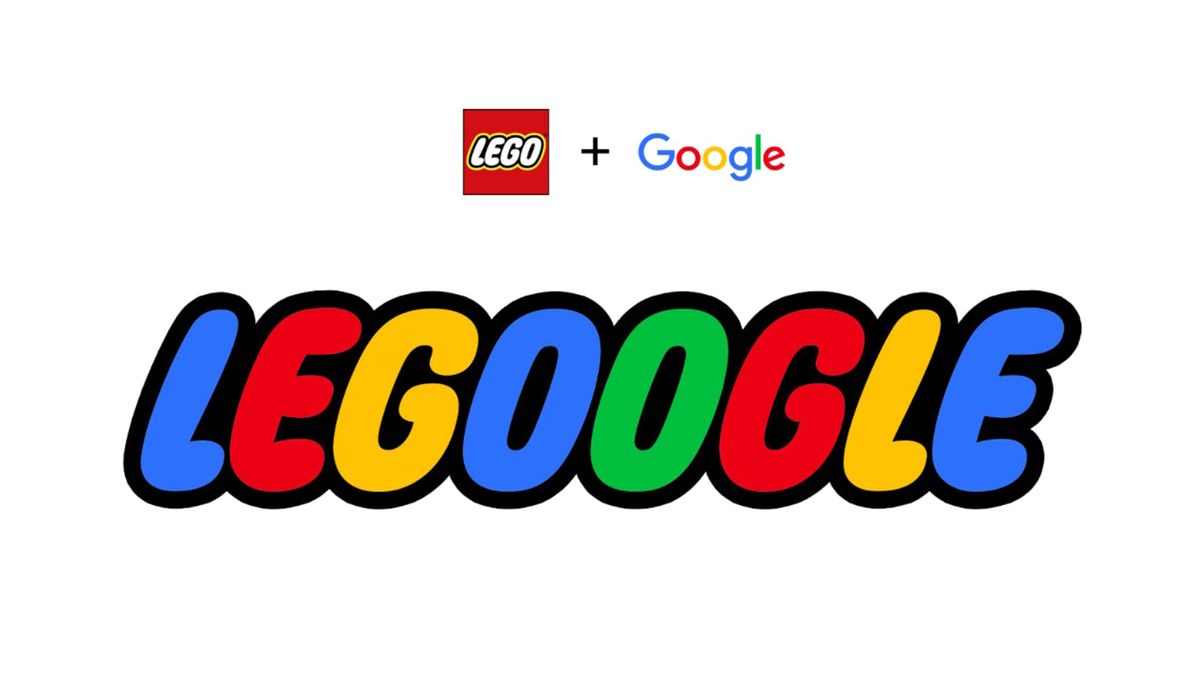
Finally, the use of the trademark should not suggest the trademark owner’s sponsorship or endorsement. Also, only so much of the trademark can be used to identify the trademark owner. First, the use has to accurately refer to the trademark owner. This type of fair use occurs when someone uses another’s trademark to specifically refer to the trademark owner.īut like any legal defense, there are standards that have to be met for nominative fair use. trademark law recognizes that some uses of another’s mark, without the owner’s permission, can be considered an acceptable “normative fair use.” Nominative fair use may be the case when you see a company’s trademark used in news reports, parodies, and comparative advertising.

Although the new use of trademarks by designers like Wil Fry are not quite comparable to news reports or advertisements, their treatment of the marks could be legitimate. The use of trademarks by third parties in advertisements, news, and labels is commonplace. Well, Preston has a defense he can assert: fair use. This likelihood of confusion standard is what may provide the designers with some leeway, as there certainly is an argument that given the number of logos that appear on each of the t-shirts in question, no one could really be confused into thinking that those brands are affiliated with the design.īut what if Google asserts that consumers are likely to be confused as to the source of one of Heron Preston’s tees. One of the primary rights a trademark owner has is the ability to bar others from using their mark and defend against others with confusingly similar marks. If that does not pan out, there is option number 2, from which follows that while the use of these logos is, in fact, trademark infringement, such use qualifies as a “fair use” of these companies’ trademarks and thereby, lets these designers off the hook, so to speak.įirst and foremost, the primary function of a trademark is to serve as a source identifier for a product or service. 1) It’s very likely that the use of numerous logos at once (think: Chanel, Givenchy, Margiela, Dior, etc.) ensures that a reasonable consumer would not be confused into thinking that one or any of those fashion brands is responsible for the garment on which they appear or are affiliated with the creator of that garment. There are two possible theories that have allowed these designers to avoid the legal wrath of companies like Chanel, Rodarte, and Issey Miyake. Raf Simons Spring/Summer 2003 (left) and Heron Preston (right) These logo mavericks have sparked a new legal inquiry: Whether a designer’s inclusion of multiple logos in his design is afforded legal protection.Īssuming that Fry, Preston, and others have not negotiated licensing deals with the companies whose logos form the backdrop of their clothing (although its likely that they did not), one has to wonder how they have evaded trademark infringement suits. Wil Fry and Heron Preston’s clothing, for instance, has included the logos of companies that range from Maison Margiela in Fry’s case to Home Depot for Preston. Their “mash-ups” of multiple logos have transformed a company’s trademark into the canvas of a garment rather than the focal point. For sometime now, the work of designers like Wil Fry, Heron Preston, and Peggy Noland – all seemingly inspired by Raf Simons’ Spring/Summer 2003 use of conflicting logos – have been changing the purpose and effect of logos in fashion. Jeremy Scott, on the other hand, found a fan in McDonald’s when he remixed their logo for his Fall 2014 collection for Moschino.Īlthough the aforementioned designers have only incorporated a single logo from another source on individual garments, a small group of designers have been known to use various logos, from multiple sources, on single garments. Gvasalia, after all, received permission from DHL to use the shipping company’s logo. The end result presents us with the painfully obvious question: Is this legal? Consider Demna Gvaslia’s use of DHL’s logo for Vetements, Opening Ceremony’s adoption of the Kodak logo for F/W 2015, Joyrich’s Coke branding, and almost everything Jeremy Scott has ever done for Moschino.

It was not too long ago that brands started heavily incorporating the use of others’ non-fashion logos into their garments and accessories.


 0 kommentar(er)
0 kommentar(er)
